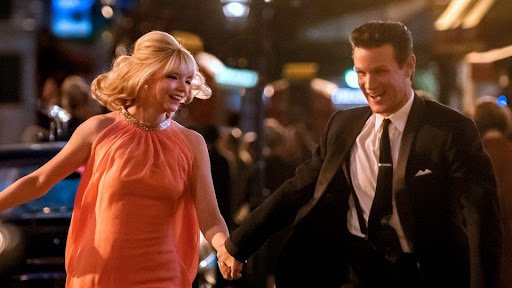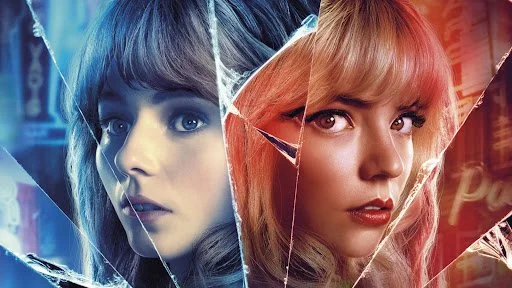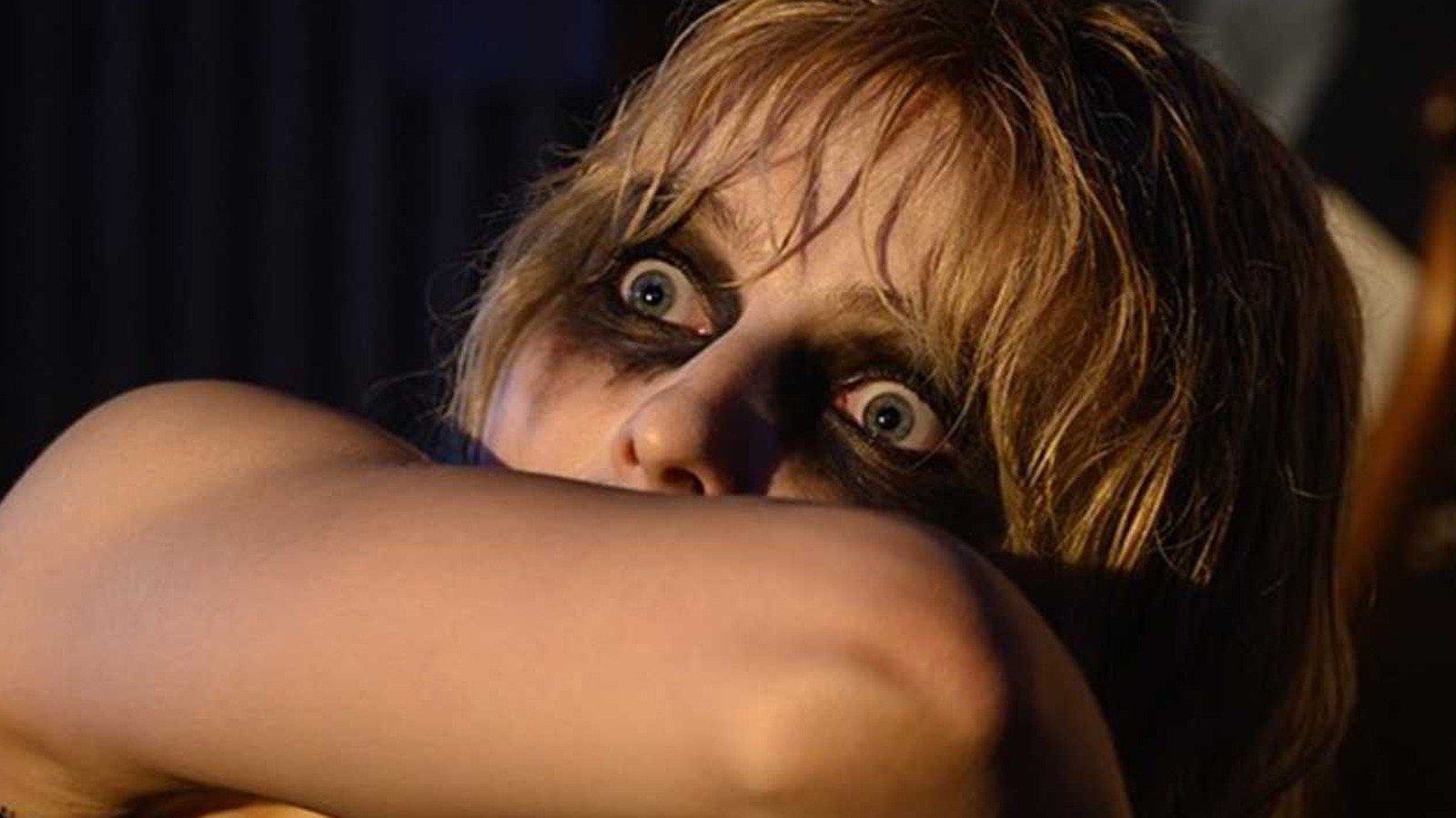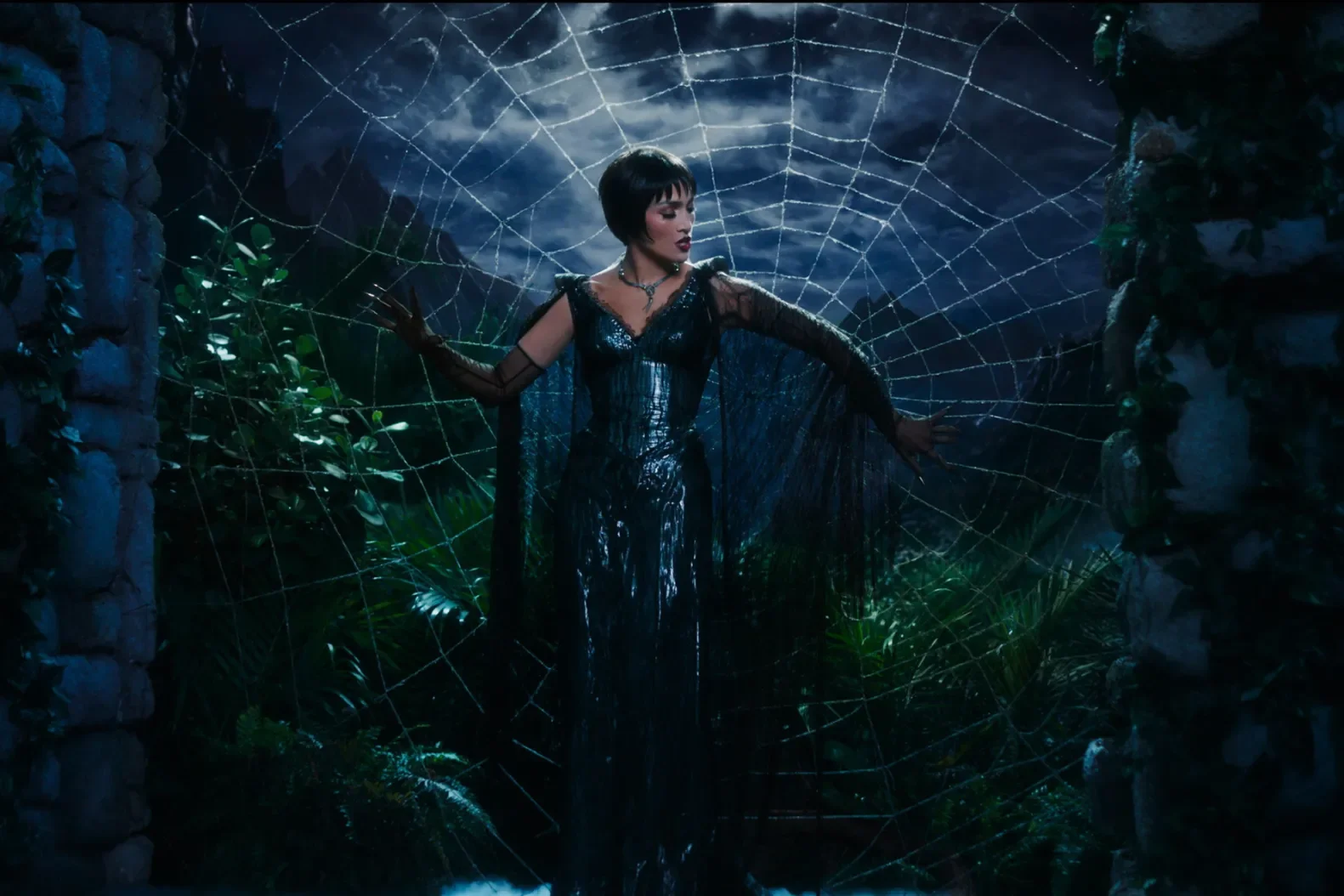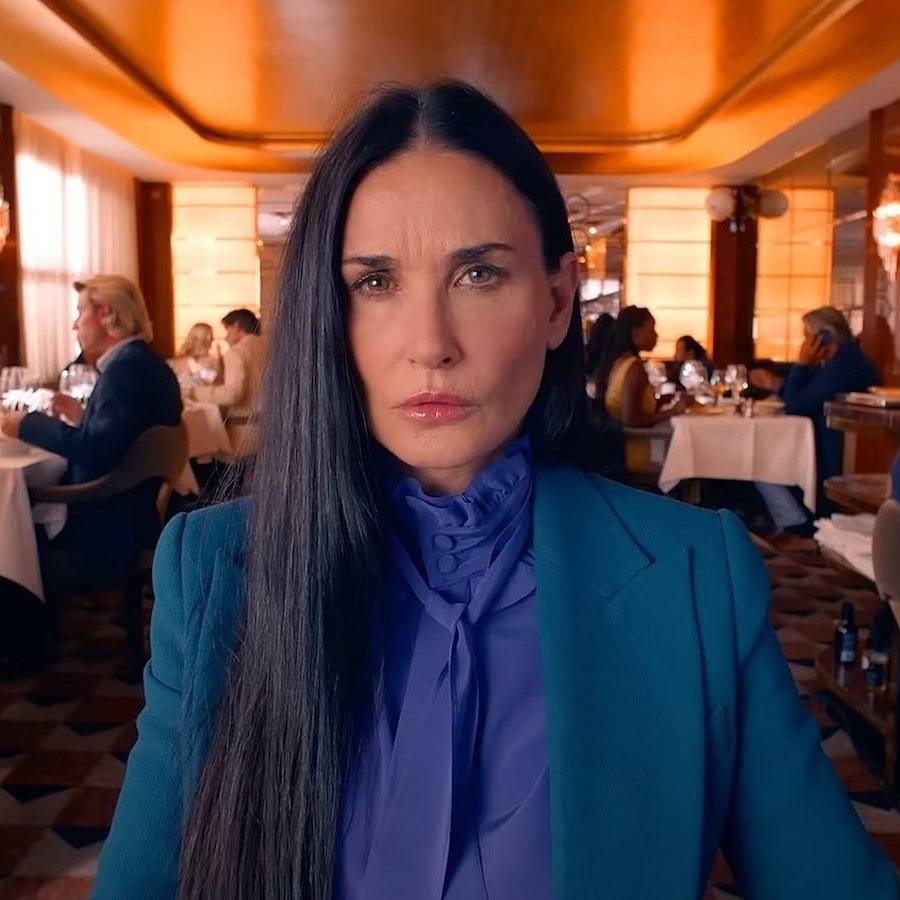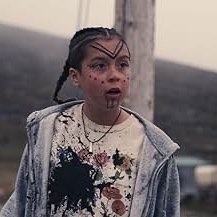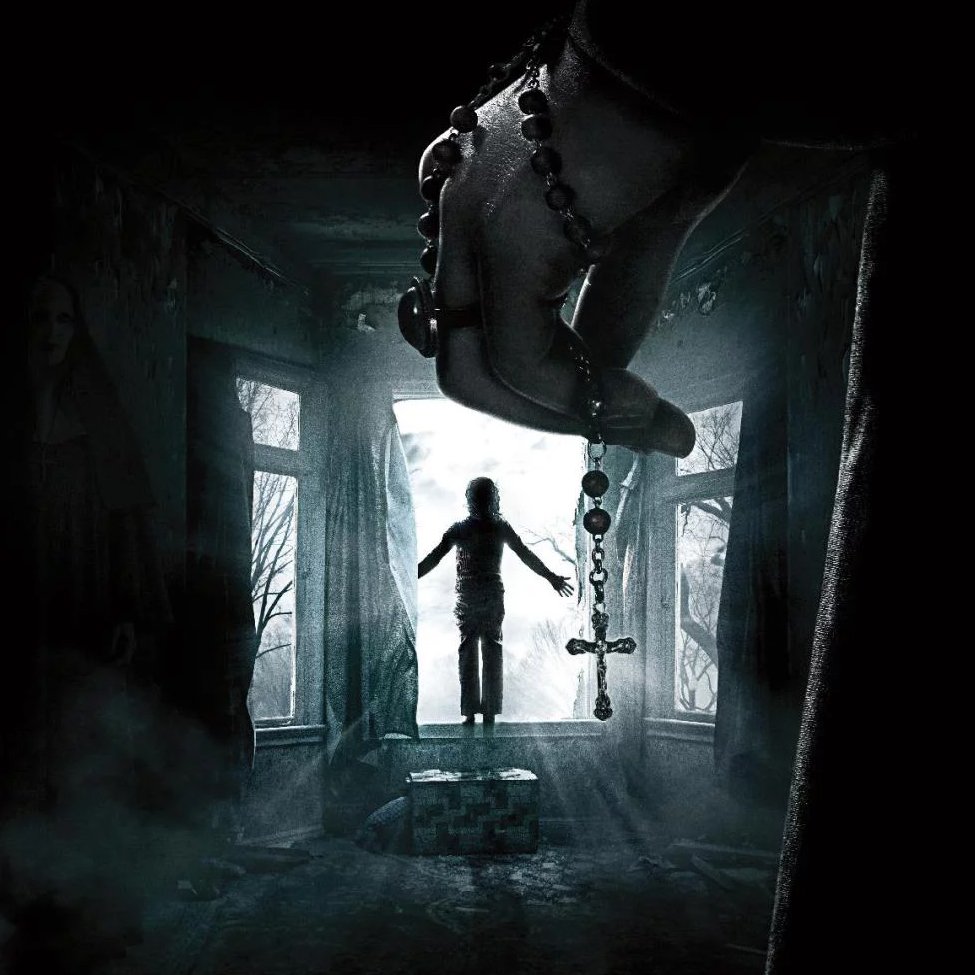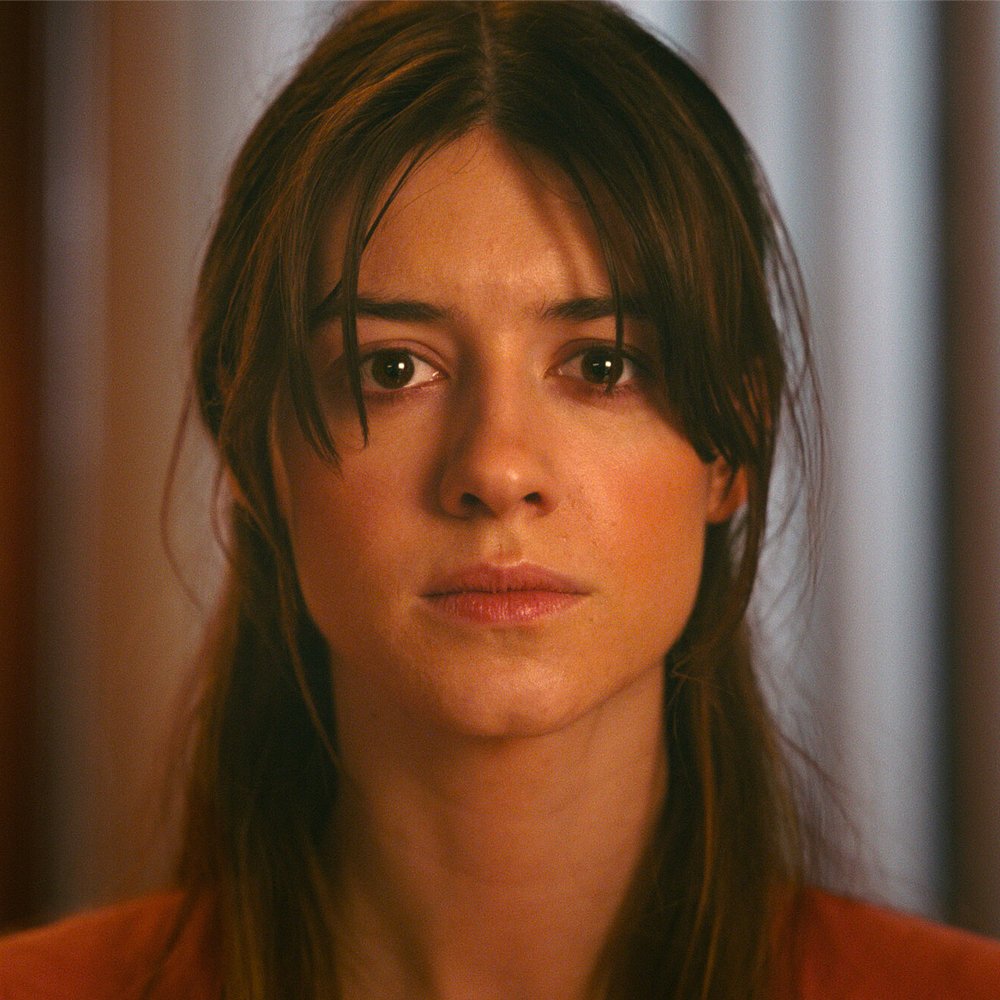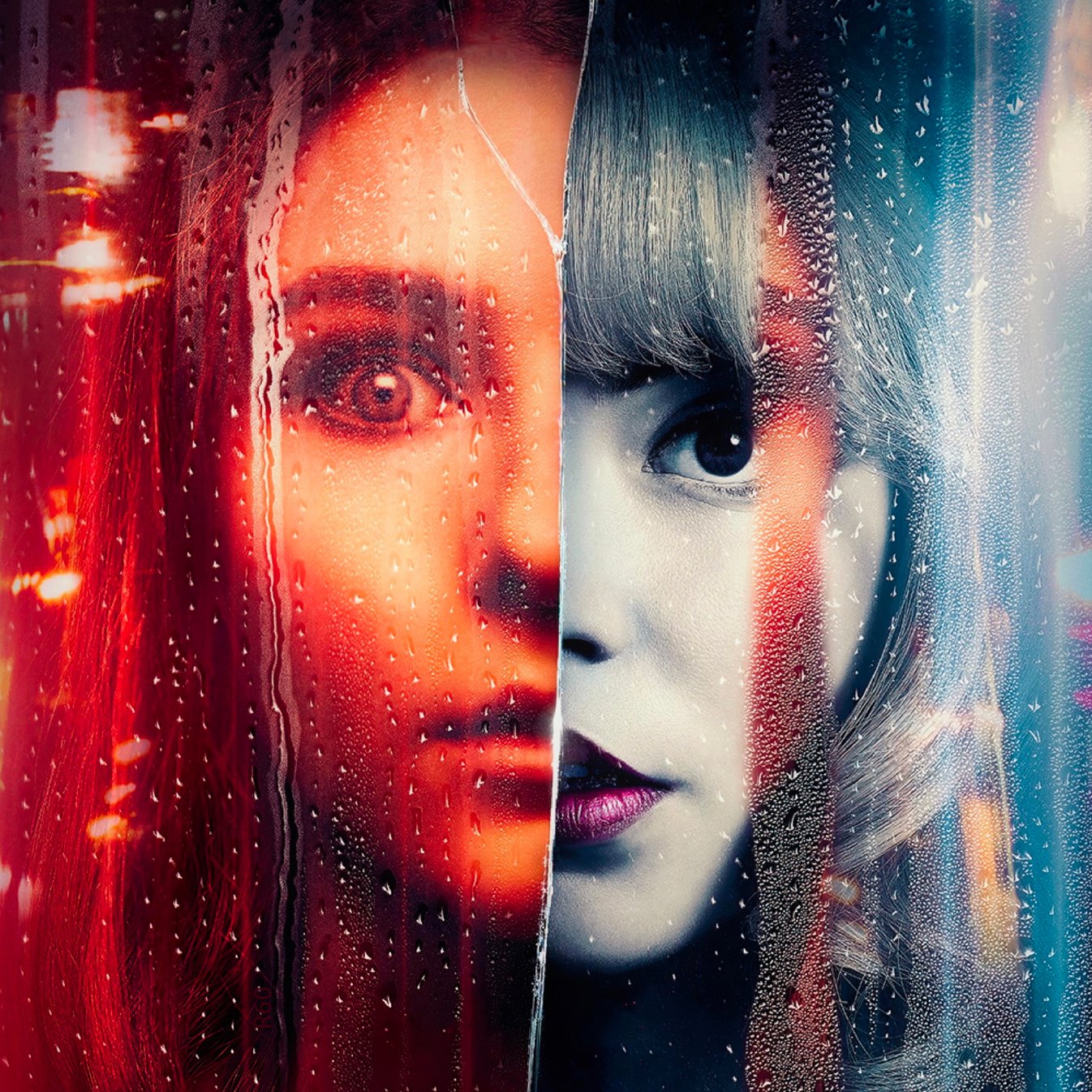Last Night in Soho: A Film That Lives in the Grey Area
Close your eyes. Imagine a lifestyle in the 1960s. British and American perspectives may feature different visual elements, but both somehow involve the distinctive fashion of the swingin’ sixties. The styles and behavioral patterns of the 1960s quickly became an iconic lifestyle worthy of imitation for decades afterward. Across the world, the decade served as a transition period out of the traditional times of the 1950s and into the radical rebellion of the 1970s. This transition was spearheaded by London with a new fashion.
Last Night in Soho, a film directed by British filmmaker Edgar Wright, lives in between the 1960s and modern times in London, England. Starring staples of British stardom Anya-Taylor Joy (Sandie), Matt Smith (Jack), briefly Sam Claflin (Lindsey), and Thomasin McKenzie (Eloise/Ellie), this film follows the life of Eloise Turner, a young aspiring fashion designer with an infatuation with the swinging sixties of London as she navigates her extraordinary ability to body-jump into another young woman in her dreams.
The film starts with Eloise dancing around the house along with her record player in one of her hand-made dresses made of newspaper fabric when the mail suddenly arrives, announcing her acceptance to London College of Fashion and that she must leave immediately (Is there no grace period? What happened to summer?). There are unnamable special qualities surrounding Ellie, from her incredible talent to stitch dresses from scratch or the fact that she is haunted by her mother’s ghost (and seems happy about it).
Ellie arrives at her dorm in London, only to be living with the resident alpha female who gets off on putting others down. Her roommate, Jocasta, played by Synnove Karlsen, is a highly stereotypical representation of a cutthroat fashion student. In the world of fashion, there are hundreds of Jocastas, women filled with ambition who delight in the pleasure of stepping on the toes of others to advance their careers. Unsurprisingly, Ellie’s timid and somewhat naïve (I blame her grandmother) personality quickly becomes subject to bullying and she soon flees campus to sublet a room from an offbeat old woman named Mrs. Collins. This choice is predictable for the course of the movie, as her talents (the reason for the film’s existence) would have been squashed in a suffocating dorm surrounded by judgemental girls. During her first night in her new room she dozes off to a 1960’s record and encounters her first dream sequence in the body of Sandie, a young aspiring singer.
There are physical and emotional parallels between Sandie and Ellie, the most obvious being that they are chasing their dreams in the big and dangerous city of London, where they fall prey to the lingering eyes of old men. They even share relatively similar profiles. However, Sandie is everything Ellie wants to be. Sandie is vivacious, demands attention, and is not afraid to stand up for herself, while Ellie shys away from the biting and snarky remarks of Jocasta. This unusual pairing perfectly captures the essence of the film: they could pass for each other, but ultimately are different people.
In the dream, Ellie as Sandie approaches Jack, a casual, possibly fatal, flirt and the owner of the famed musical Café de Paris, where she stakes her claim to be the future headliner for the club. The opening apprehensive notes of Celia Black’s cover of Dionne Warwick’s “Anyone Who Had a Heart '' set the stage for a perilous relationship, though viewers do not know it yet.
The effect of the dream on Ellie is instantaneous, as in design class the next day, she dons the signature pink of Sandie and sports much more makeup than usual. She even sketches the outline of Sandie’s beautiful billowing baby pink dress, held together by a glittery silver collar for her first assignment, the perfect representation of London in the swingin’ sixties.
Viewers will groan when, the next night, Ellie blows off plans with her friend to jump into bed and relive the dream. Each dream sequence is like a movie for Ellie, who has a front row seat to seeing Sandie book her first audition for a nightclub. This dream is far less exciting than the first, so its strong impact on Ellie is unforeseeable. She drastically cuts chic bangs, dyes her hair blonde, and seeks out vintage clothing among the many boutiques lining the streets of London. Her desire to imitate Sandie overtakes common sense as she spends more than £300 and then begs for a position at a pub to support her rent and new wardrobe.
Ellie’s third dream is when the experience devolves. It is revealed that Sandie is merely a backup dancer and that to become the famous singer she longingly desires, she must do what pleases the sleazy men. After refusing them, the dream quickly twists into a nightmare that parallels a carnival fun house. In this skin-crawling episode, viewers will witness just how much trauma Sandie can withstand. This event scars Ellie, and the next day she claws at the delicate fabric of her masterpiece on which she has dedicated copious amounts of time. Thus ends the idealized version of the ‘60s, and the insanity begins.
For the rest of the film, Ellie slowly becomes insane. Sandie begins to bleed into her life along with her nameless, faceless abusers. Ellie has visions that people are chasing her. She begins to alienate her only friend. Ellie tries to decipher the mystery of what she witnesses but is unable to ignore the faceless men that reach out to her with clawed hands. It is impossible to go through all the details of the film, as there are too many, but know this: there are many waking nightmares, screaming, and blood.
Edgar Wright is a director known for sending messages through his films, mostly about our behavior in society. My own interpretation of his message is that people live in the grey area; there is no black and white or right or wrong. However, I could be wrong. Wright blurs so many lines in this film that the clear message gets lost.
He first smudges his pencil in between the country and the city. Ellie, born and raised in a small town in Cornwall, experiences an abrupt transition when she moves to London. Her gran refers to London as “overwhelming,” “dangerous” and simply “a lot”. And as a country girl in a big city, Ellie is out of her element. For example, on move-in day at the College other students sport their best attire to make a lasting impression, while Ellie chooses a hand-made creation of her own. She doesn’t drink or know how to have fun, which ultimately provokes Jocasta’s merciless bullying.
The fine line that initially separates Ellie and Sandie quickly becomes nonexistent. Ellie impulsively changes her appearance to be like Sandie after just two dreams. With the obstacle of blonde versus brunette removed, viewers can see the striking similarities in their appearances. There are moments in the film where Wright choses to quickly alternate shots from Sandie to Ellie, or even use dissolve shots, where their faces fade and appear in sequence. It becomes easy to mix the two up.
Wright then blurs the lines between the 1960s and present day, as Ellie starts to adapt more vintage clothing and makeup into her wardrobe. If you pay close enough attention, she even borrows some vintage speech patterns.
The obvious dissipating line is the one in between reality and dreams. After Ellie’s third dream, her life begins to devolve, and viewers start to think she’s going crazy. Her nightmares and visions begin to bleed into every waking moment. Viewers and Ellie herself do not know what is real and what is fake.
The final line that Edgar Wright chooses to blur is the one between a thriller film and a horror film. I won’t spoil the movie for you, as I actually enjoyed it (I promise) and think you will too. With his use of bloody violence, Wright hopes to blend a traditional psychological thriller with a horror film.
I went into this film with high expectations. Wright’s inventive technique to blend the horror and thriller genre failed. Instead, the film appears as though Wright couldn’t make up his mind on what he wanted to communicate through his characters. The gore and theatrics were unnecessary in the first place, and eventually became overused throughout the film. In his attempt to merge the genres, Wright misses the opportunity to create a truly unique psychological thriller about a young woman with the ability to time travel becoming obsessed with her 1960’s counterpart and losing her sanity in her fantasies. He also fails to wrap up loose ends and clarify the details that viewers wonder about throughout the film. In focusing all of his energy on blurring lines, Wright leaves many key components of the film, such as cinematography, costumes, and music with a lacking quality. The script is strong, but nothing sets it apart from other scary films.
Last Night in Soho blurs the lines and proves that we all live in the grey area, and Edgar Wright chose the perfect decade for his story.The 1960s were a breaking point in terms of fashion and behavior, a period between the strait-laced 50s, with its visions of suburbia, and the 70s, with its radical feminism. The 1960s was a transition period where hemlines were raised, necklines were lowered, heels became higher, and make-up became darker (this can be seen about halfway through the film when Ellie starts wearing copious amounts of black eyeliner).
The movie glosses over some details such as the specifics of Ellie’s unusual talent to body-jump and the lack of concern from her classmates, who witness her waking nightmares firsthand, but overall, the film was highly enjoyable. You’ll leave with questions and wanting more, but I guarantee you’ll be glad you finally saw the movie that was hyped up for over a year. Now, if you open your eyes, I guarantee that your vision of the 60s will be replicated on the screen of Last Night in Soho.
Popular Reviews


